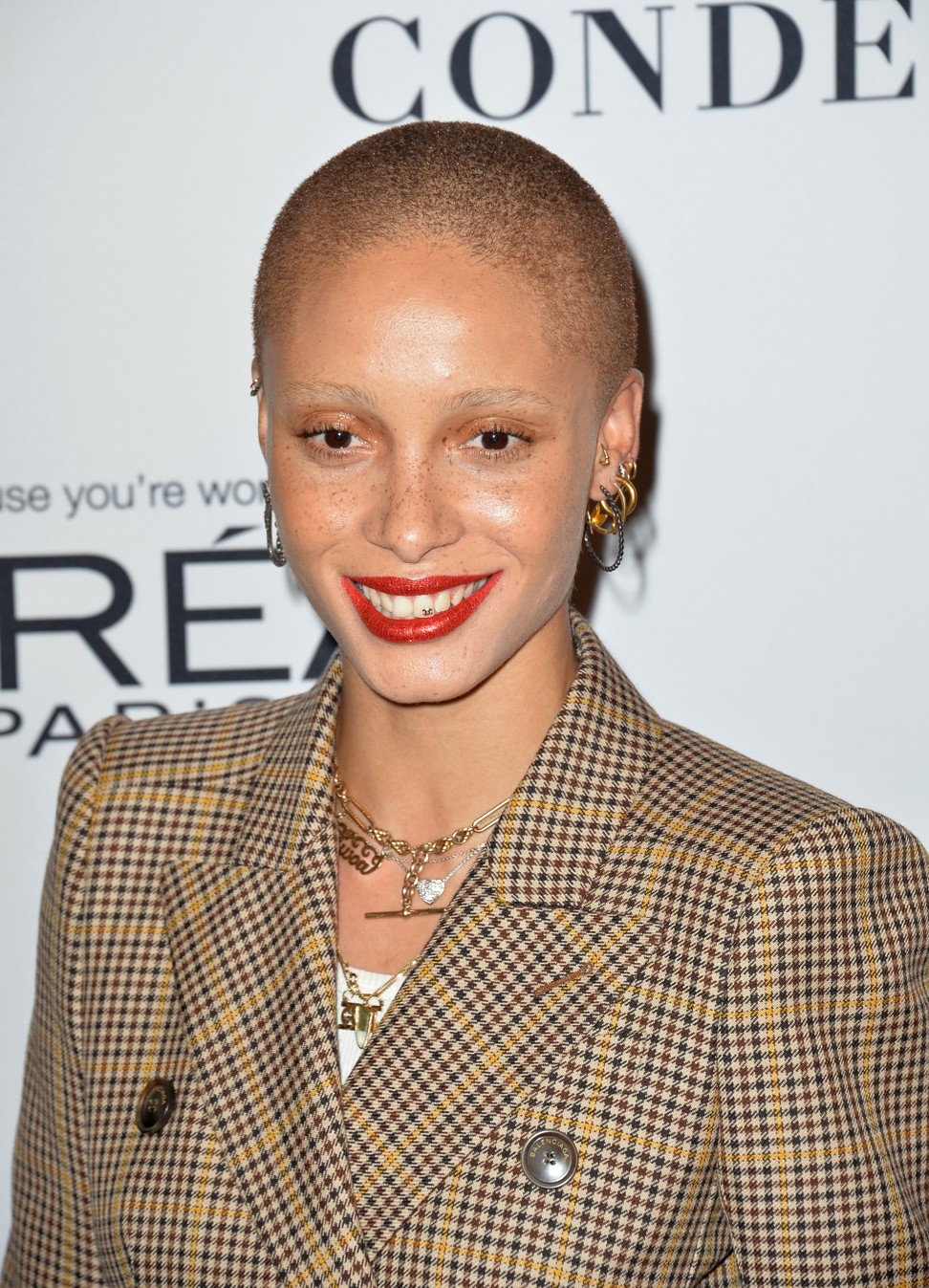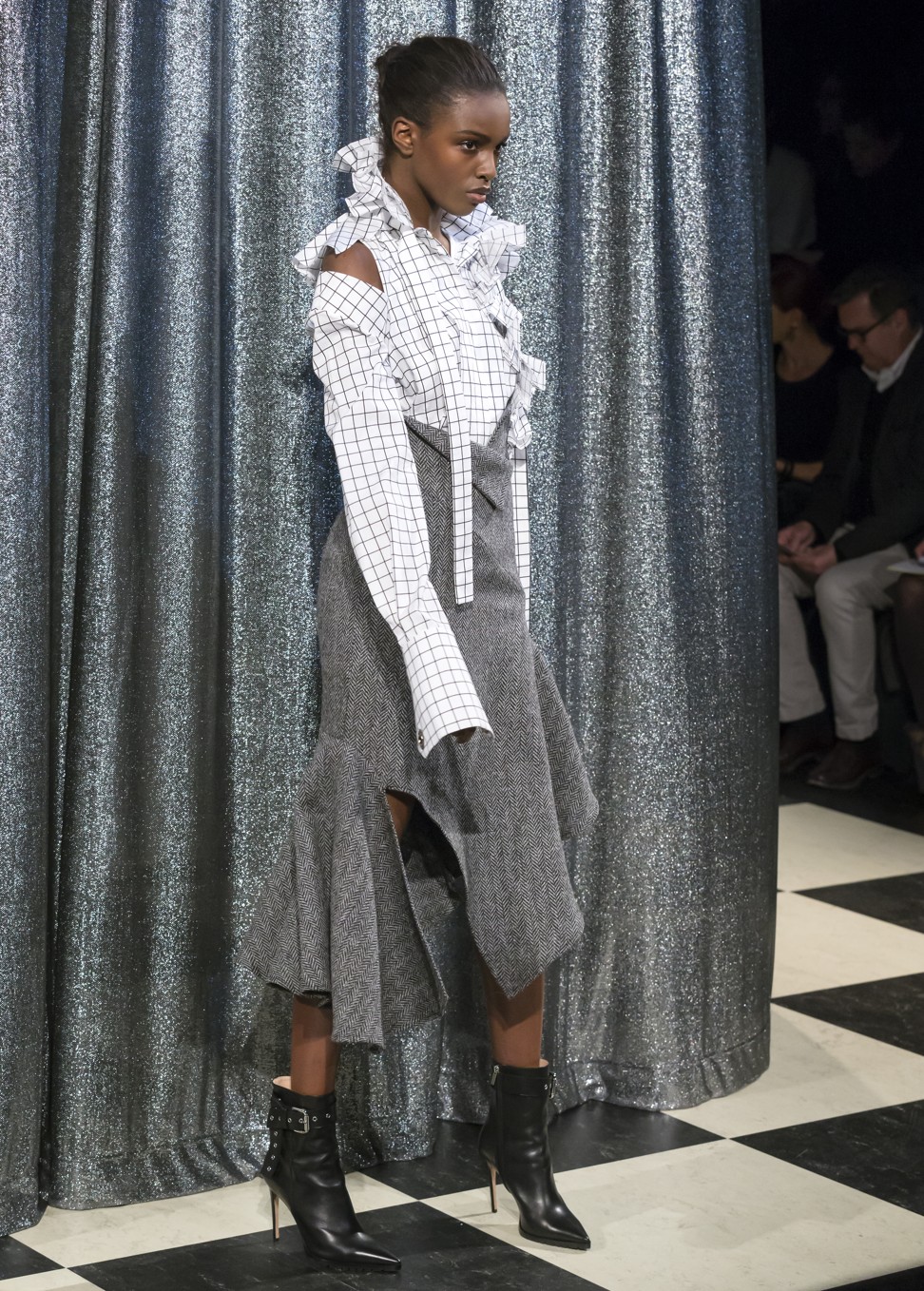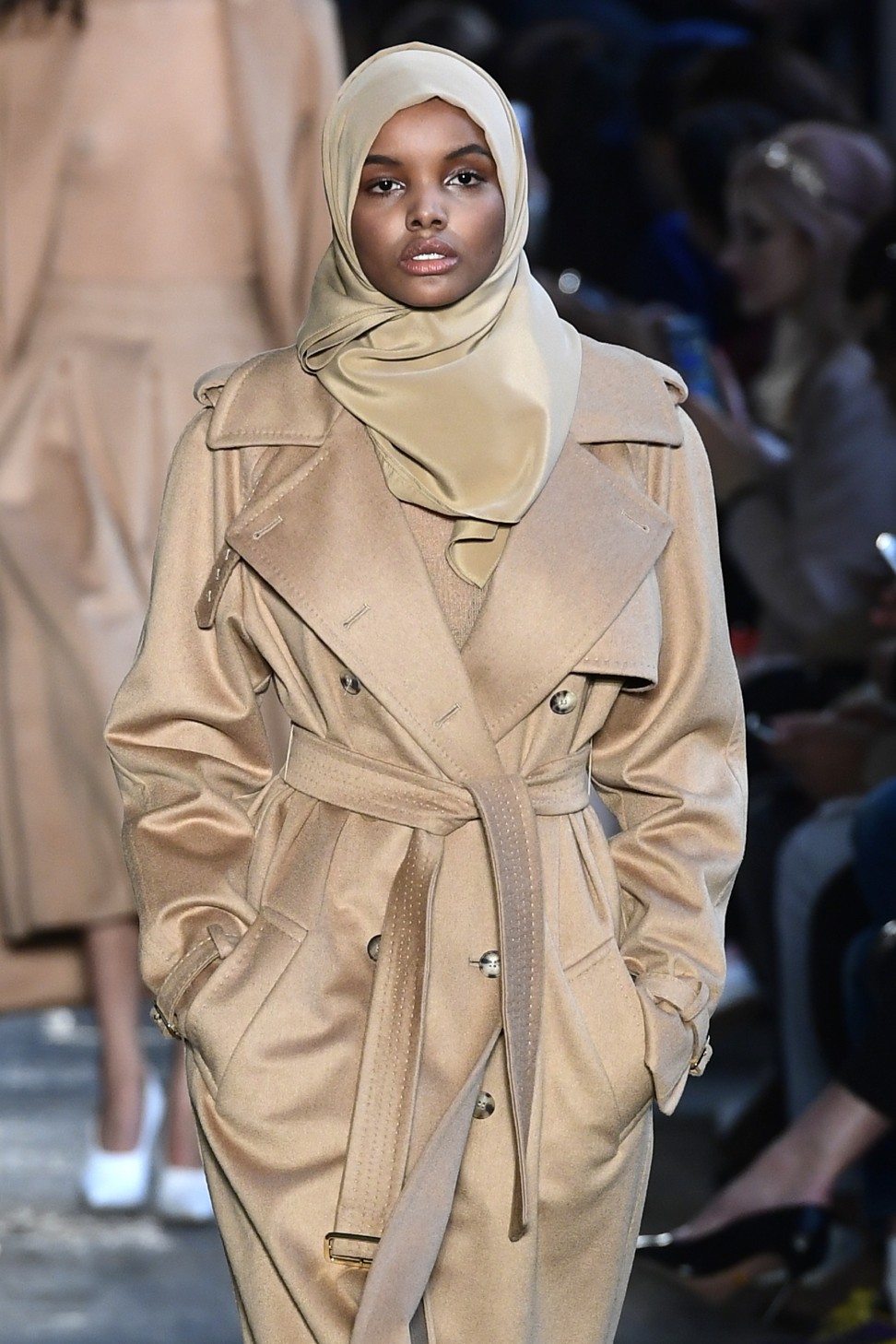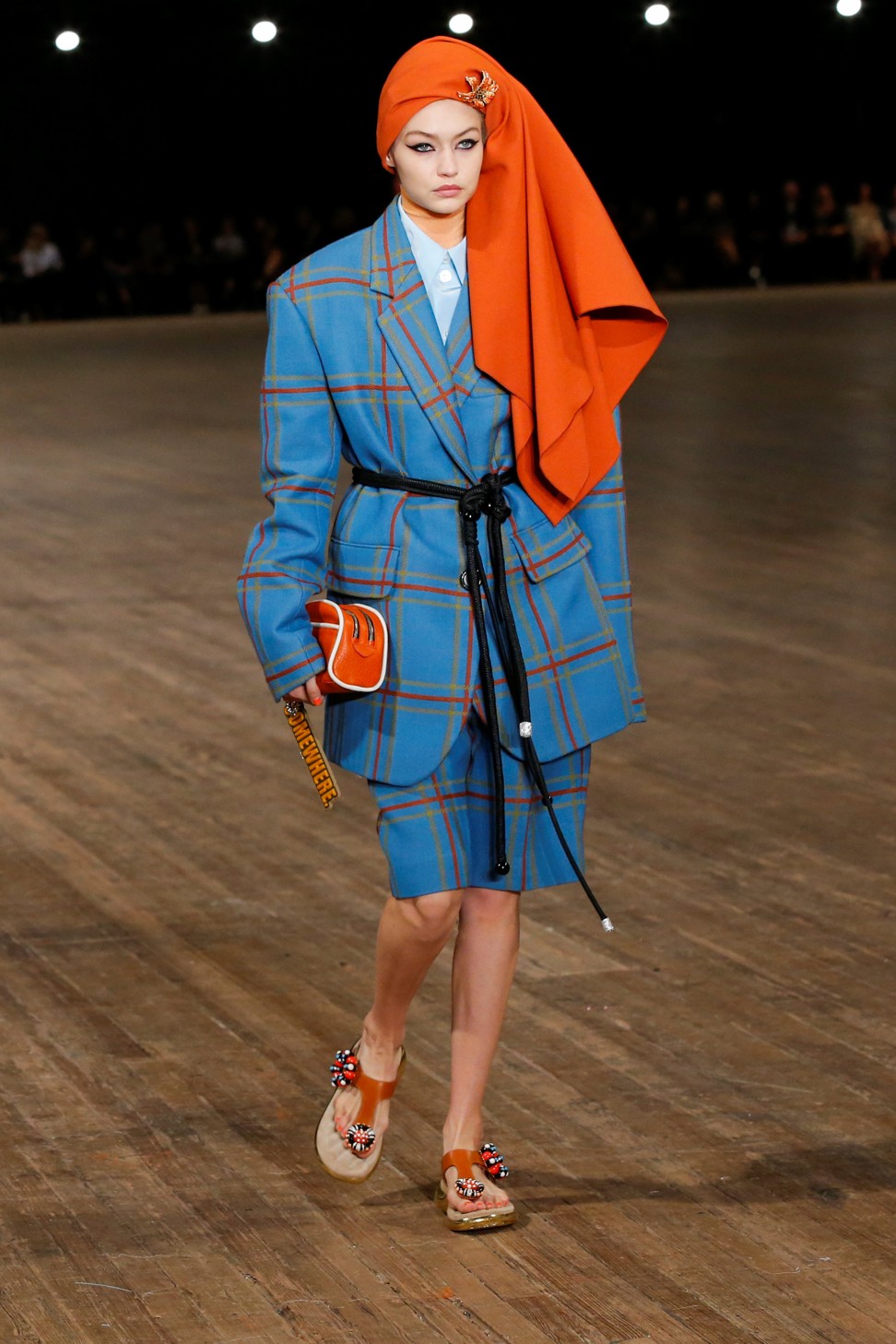
Fashion activists: the models who confront, empower, promote diversity and raise awareness
Today’s model activists aren’t afraid to campaign on the catwalk and in social media, as they share their negative experiences, champion women’s rights, and battle the bigotry and oppression that exists inside and outside their industry
Fashion is a powerful reflection of the values of each era. And nowhere do we get a more beautifully packaged example of the zeitgeist than with the models of the moment. The 1980s saw Amazonian goddesses strutting down the catwalk in gold lamé, the ’90s had silent Mossy and her party posse. But in the era of social media, we expect our models to have an opinion – and those all-important likes are far more easily garnered by a feminist caption than a bikini shot.
L’Oreal brings diversity to Champs-Élysées runway as Helen Mirren and Jane Fonda lead the show
And while activists and catwalks are not a new combination, previously the protesters weren’t exactly invited and were usually found clutching a can of red paint. However, in the increasingly politicised world in which we live, models are now championing major causes alongside their day jobs.


And since the Harvey Weinstein scandal, models such Cameron Russell, Edie Campbell and Doutzen Kroes have spoken out against sexual harassment by sharing their own experiences on social media. Russell, notably, shot to fame after giving a TED talk in which she criticised the fashion industry for its lack of diversity and argued that her success was part of a “legacy of gender and racial oppression”. It was viewed 17 million times and enhanced rather than hurt her career.
Gigi and Bella Hadid, meanwhile, are arguably the most successful new models in America. Raised observant Muslims by their father, Mohamed, both young women have stated that they are proud of their faith and recently marched against Trump’s controversial travel ban. Given America’s current political climate, that they are both household names and practising Muslims is a striking win for diversity.

From refugee camp to runway, hijab-wearing US model breaks barriers and helps the headscarf go mainstream
“Society puts so much pressure on girls to look a certain way,” she says. “I have much more to offer than my physical appearance, and a hijab protects me against ‘you’re too skinny, you’re too thick, look at her hips, look at her thigh gap’. I don’t have to worry about that.”
Saffiyah Khan’s image, meanwhile, dominated the front page of six national newspapers in Britain this spring and went viral across social media. Not bad for a newbie, you might be thinking. But tall, graceful and striking as she is, this flood of attention wasn’t thanks to her beauty – it was all about the expression on her face.

In the weeks following this incident, Khan quickly became a darling of the left – this was to be expected. Less expected was her equally wholehearted embrace by the fashion industry.
One-part model, one-part designer, Khan has her fingers in a number of fashion pies. As well as designing a range of T-shirts, she has subsequently been invited to join Elite model agency and as a result has shot to fashion fame, appearing, among other publications, in Dazed and Confused magazine wearing Balenciaga.
Amid Harvey Weinstein scandal, fashion models share sex abuse stories on Instagram with activist Cameron Russell
“Diversity is massively improving within the fashion world – not just with models, but also editors and designers,” she says. “There seems to be a real movement right now in terms of what fashion wants to represent, and more designers are using it as a platform to promote a message of equality.”
And while she was inundated with requests from brands requesting her presence on their catwalks, Khan decided to choose a relatively unknown Turkish designer to work with – Dilara Findikoglu, who has personally protested against Brexit and Turkey’s current oppressive regime.

And while the cynic could argue that activism is merely another marketing tool, it is certainly a sign of the times that supporting minority rights has replaced sex, drugs and rock’n’roll as the ultimate badge of high-fashion honour.

